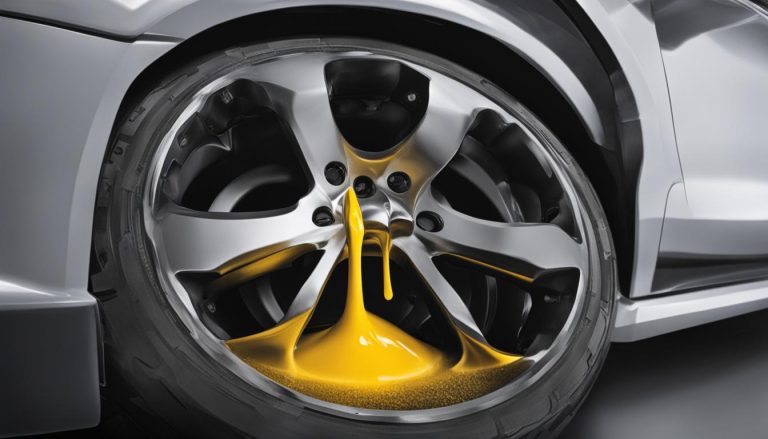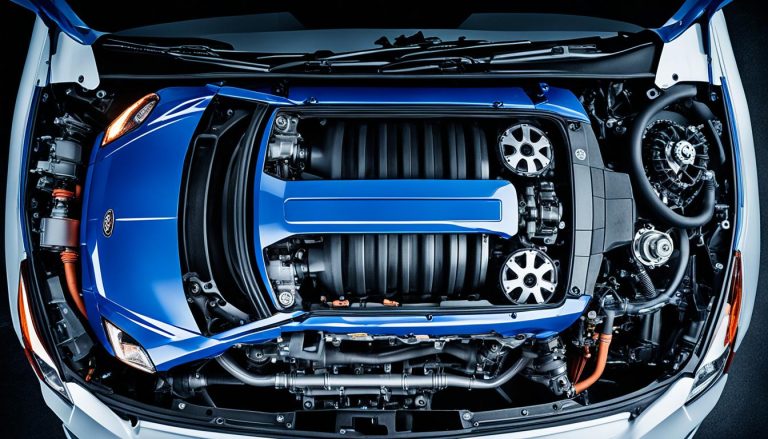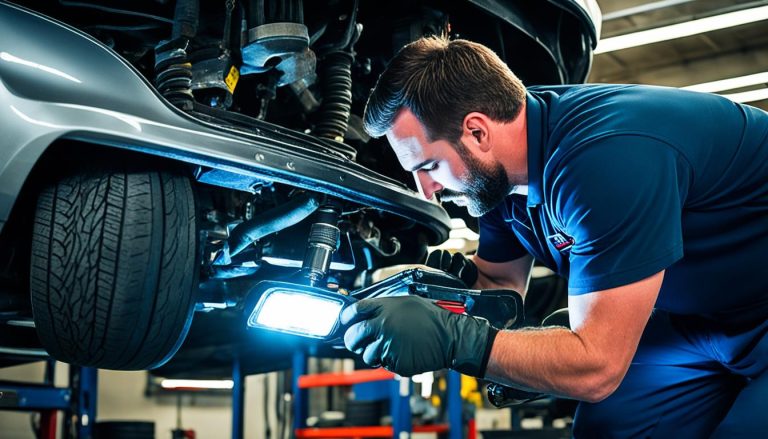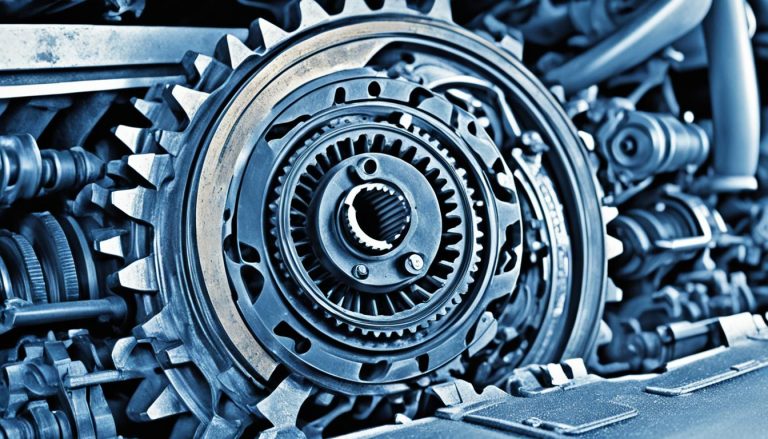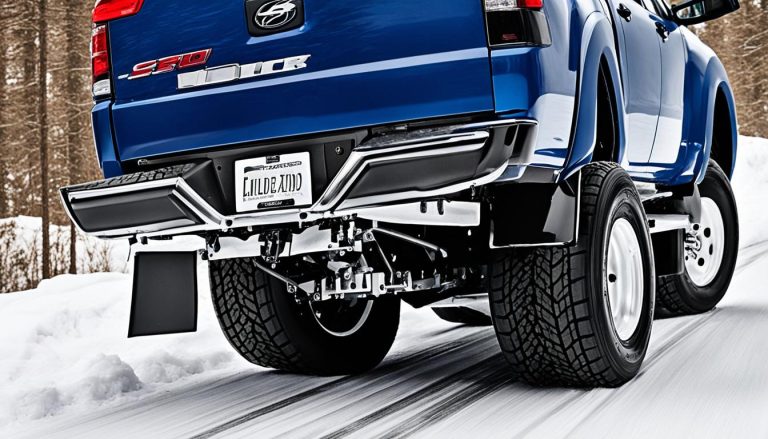Experience Enhanced Control with Differential Electronic Limited Slip Rear
Imagine taking a sharp curve on a wet road and feeling the power intelligently shifting between the wheels of your vehicle, enhancing your grip and control. This is the world of an advanced differential system – more specifically, the differential electronic limited slip rear. A marvel of automotive engineering, it transcends the boundaries of traditional traction systems to deliver a driving experience that adapts in real-time to the road beneath you. Whether you’re navigating tight corners or tackling loose terrain, an electronic differential ensures your journey is as smooth as it is secure.
With a modern rear differential system, you can accelerate with confidence, knowing that your car is equipped to handle the unexpected. It’s not just about off-road adventures or icy conditions; this technology shines on varying road surfaces, providing unparalleled responsiveness that caters to your unique driving scenario. So buckle up and prepare to command the road like never before.
Key Takeaways
- Experience superior handling and stability thanks to the differential electronic limited slip rear.
- Enjoy seamless power distribution that enhances traction and reduces wheel slippage.
- Adapt to a variety of driving conditions with the intelligent functionality of an electronic differential.
- Benefit from a system that’s engineered for both everyday roads and more challenging terrains.
- Gain the advantage of a cutting-edge rear differential system built for the modern driver.
- Trust in an advanced differential system to keep you in control and moving forward.
Understanding the Role of a Rear Differential System
When you’re navigating corners or tackling uneven terrain, the car differential plays a crucial role in keeping your ride smooth and controlled. It’s an ingenious piece of engineering that ensures torque distribution is balanced between the wheels, allowing them to spin at different speeds as needed, which is essential for cornering without causing undue stress on your vehicle’s components.
Basic Functions of Car Differentials
The primary function of a differential is to allow each wheel to move independently of the others. This is key in maintaining traction as each tire can grip the road as necessary without jeopardizing the motion and direction of the vehicle.
The Evolution from Open Differentials to Advanced Systems
Historically, vehicles used open differentials, a simpler technology that effectively managed basic driving conditions but struggled with more complex situations. Driving challenges such as slick or loose surfaces often exposed the limitations of open differentials with their inability to optimally allocate power between wheels. Enter the advanced differential system, like the Limited Slip Differentials (LSDs), which revolutionized how cars handle difficult terrain by sending torque to the wheel with the most traction.
| Feature | Open Differentials | Advanced Differential System |
|---|---|---|
| Torque Distribution | Equal to both wheels, often inadequate for slippery conditions | Variable based on grip, superior traction management |
| Traction Control | Limited by design, wheel slip common | Enhanced, prevents wheel slip through active management |
| Suitable Conditions | Normal driving on even surfaces | Challenging surfaces including off-road and adverse weather conditions |
In conclusion, from everyday commutes to adventurous treks, the right car differential makes all the difference. Understanding the shift from open differentials to more advanced differential systems allows you to appreciate the enhanced performance and safety they bring to your driving experience.
The Benefits of Differential Electronic Limited Slip Rear in Modern Vehicles
Today’s automotive advancements have shifted towards electronic limited slip differential technology, which is quickly becoming an invaluable asset in modern vehicles. This cutting-edge differential control system is engineered to enhance superior traction and elevate vehicle stability, changing the way drivers engage with a plethora of road conditions.
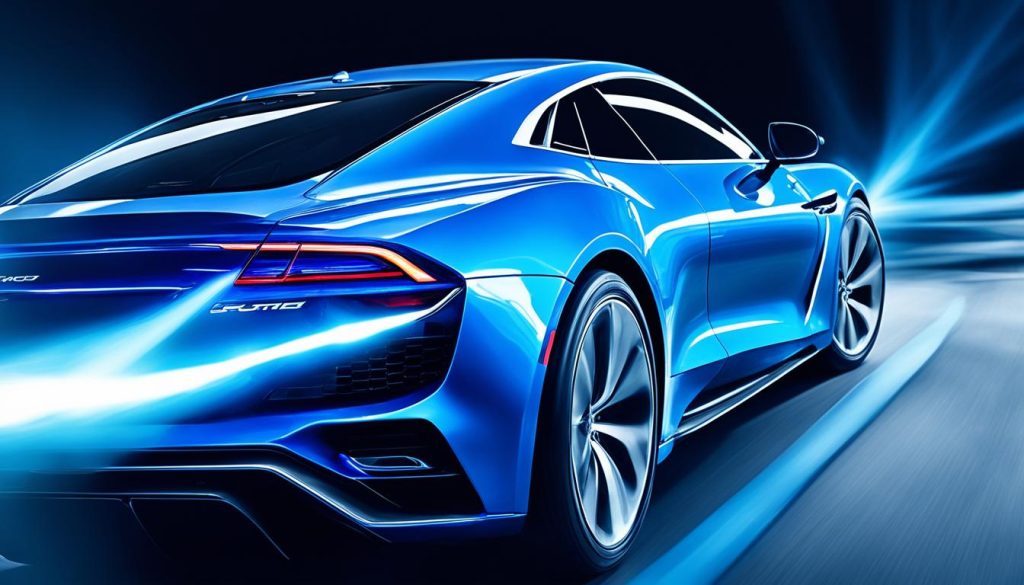
Imagine cruising down a winding road as your vehicle instinctively adjusts the power between wheels, providing a balance that ensures each tire grips the road firmly. The technology behind this seamless action is both sophisticated and intuitive, ensuring that whether you’re confronted with slick streets or rugged trails, your drive remains undisturbed.
- Increase in traction on slip-prone surfaces
- Redistribution of torque to maintain control
- Improvement in cornering performance
- Proactive adaptation to various driving environments
The superior traction offered by the intelligent differential control system doesn’t just contribute to a smoother ride; it also means a safer one. You’ll find yourself confidently navigating through challenging terrains, while the potential for tire slippage dwindles significantly.
| Traction Aspect | Impact of Electronic LSD Technology |
|---|---|
| Wet Conditions | Reduces hydroplaning risk by adjusting torque |
| Off-Roading | Enhances grip on uneven terrains |
| Cornering | Improves response and stability during turns |
| Fuel Efficiency | Prevents power wastage, thereby optimizing fuel use |
| Longevity of Vehicle Parts | Decreases wear on tires, extending their lifespan |
Moreover, the electronic limited slip differential technology is all about harmonizing with your vehicle’s dynamics, subtly enhancing performance without unnecessary complications. So as you take on the bend, the system dynamically allocates torque to where it’s needed most—allowing for a drive that feels both empowered and secure.
With the electronic limited slip differential, modern vehicles are not just equipped to handle the now but are future-proofed for whatever the road ahead brings.
Electronic Limited Slip Differential vs. Other Types of Differentials
When it comes to enhancing the performance of your vehicle, the choice of differential plays a pivotal role. You might find yourself comparing electronic limited slip differentials (ELSD) with traditional lockable differentials and traditional open differentials. While each has its merit, understanding the subtle yet significant technological advancements of ELSD is essential for any car enthusiast or driver focused on safety and handling.
Comparison with Open and Locking Differentials
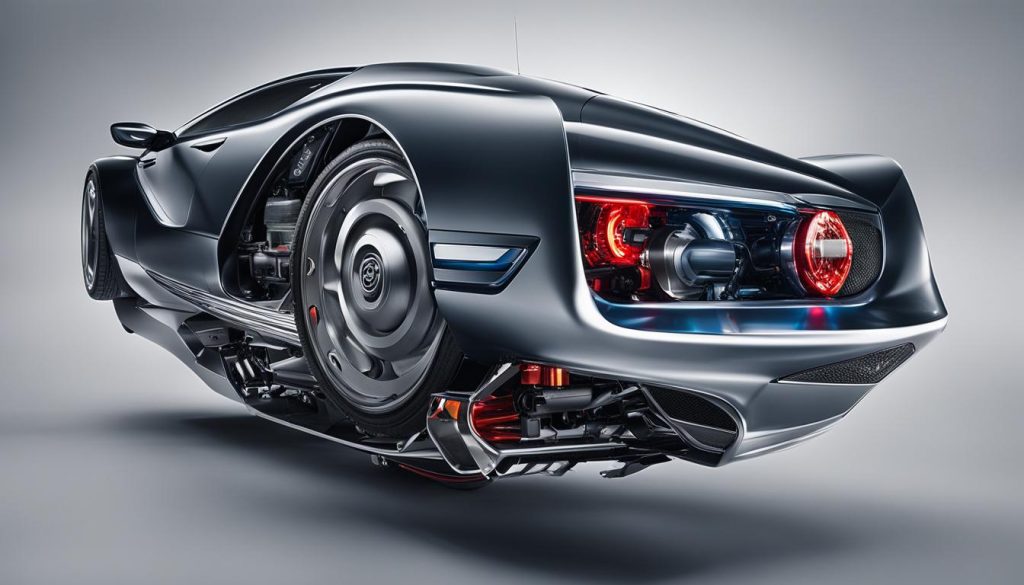
Open differentials are the most basic type, offering an even distribution of torque to both wheels on an axle, which works well for consistent road conditions but falters when traction is uneven. Locking differentials, on the other hand, provide maximum traction off-road by locking the wheels on an axle together as one, forcing them to turn in unison.
Diving deep into specifics, we find that the electronic limited slip differential presents a hybrid approach, blending the positives of both worlds. Let’s look at a comparison:
| Feature | Open Differential | Locking Differential | Electronic Limited Slip Differential |
|---|---|---|---|
| Traction control | Limited on uneven surfaces | Excellent in low traction scenarios | Adaptive to each wheel’s grip |
| Operation Type | Passive | Driver-activated or Automatic | Automatic and instantaneous |
| Suitability | Consistent road conditions | Rough terrain, off-road use | Versatile: everyday roads to off-roading |
| Driving experience | Standard | Can be rigid and uncomfortable | Smooth and responsive |
| Speed of Response | N/A | Varies by system | Immediate reaction to conditions |
Why Electronic Limited Slip Differential Technology Stands Out
The real magic of electronic limited slip differential lies in its ability to offer finely-tuned control without the need for driver intervention. It’s a technology that reacts swiftly to changing road conditions, transferring torque to the wheel with more traction almost instantaneously. Unlike manual locking differentials, ELSD operates hands-free, allowing drivers to maintain focus on navigation and steering – a fusion of intelligence, convenience, and performance that has redefined vehicular control mechanisms for the modern era.
From the high-speed twist of an asphalt track to the unpredictable terrain of backcountry trails, an advanced differential locking mechanism such as the electronic LSD consistently proves its value. It’s no wonder it has become a sought-after feature for those concerned with safety, stability, and the enjoyment of their driving experience.
Electronic Differential Locking Mechanism: Enhancing Off-Road Performance
You know the feeling of driving off-road, where every decision counts. But what if you had a technological edge that provided unparalleled control in challenging terrains? The differential electronic limited slip rear is revolutionizing what it means to tackle the rugged outdoors. By intelligently distributing power to the wheels when you need it most, you can experience optimized traction that makes all the difference between spinning your wheels and conquering the path ahead.
Case Studies: The Real-World Advantages
Looking to the real-world advantages of electronic differential control systems, consider the celebrated Power Wagon. It boasts both front and rear electronic lockers, with the rear also featuring a limited slip function. This robust configuration grants users unparalleled command of the vehicle, as they effortlessly manage steep inclines and unstable surfaces. Whether it’s maintaining control on an icy path or maneuvering across a muddy trail, Power Wagon drivers understand the true value of a system designed for superior off-road performance.
Optimizing Traction with Electronic Differential Control Systems
Your journey shouldn’t be limited by the path you choose. Electronic LSD technology ensures that it isn’t, providing you the freedom to explore without apprehension. It’s the kind of assurance that comes from knowing your vehicle can handle abrupt changes from rock to sand, or asphalt to snow. By optimizing traction, these control systems afford you a smooth and responsive ride, enhancing your confidence and ability to tackle any adventure that calls you beyond the pavement.
FAQ
What is a Differential Electronic Limited Slip Rear?
A differential electronic limited slip rear is a type of rear differential system that uses advanced electronic controls to distribute torque between the rear wheels. It enhances traction and stability by directing power to the wheel with the most grip, reducing wheel spin, and improving handling.
How do car differentials work and why are they important?
Car differentials are vital for allowing wheels on the same axle to rotate at different speeds, which is crucial when turning corners. This helps prevent wheel slip and dragging, providing smoother and more controlled driving experiences.
How have differentials evolved from open to advanced systems?
Differentials have evolved from simple open designs, which distribute torque equally but often fall short in low-traction situations, to advanced systems like limited slip differentials (LSDs) and electronic LSDs. These advanced systems can dynamically adjust power distribution to the wheels, improving traction and control.
What benefits does an Electronic Limited Slip Differential provide to modern vehicles?
Vehicles equipped with an electronic limited slip differential benefit from superior traction, enhanced vehicle stability, and improved handling. The system proactively adjusts to road conditions, which not only provides a safer driving experience but also reduces wear on vehicle components.
How does an Electronic Limited Slip Differential compare to open or locking differentials?
Electronic limited slip differentials offer the best of both worlds, providing the traction benefits of a locking differential without compromising the smooth driving experience provided by open differentials. They offer quicker responses and hands-free operation, thereby enhancing performance and convenience.
Why is Electronic Limited Slip Differential Technology outstanding?
Electronic limited slip differential technology stands out because of its ability to intelligently distribute torque in real-time, which enhances traction on varying surfaces and road conditions. The technology provides greater control and stability, making it a superior choice for modern driving needs.
Can you provide real-world examples of how Electronic Differential Locking Mechanisms enhance off-road performance?
Yes, vehicles like the Power Wagon feature electronic lockers that enhance off-road versatility and traction. Drivers report improved ability to navigate rough terrain, and better grip on ice, snow, and loose gravel, all thanks to the vehicle’s advanced electronic differential control system.
How do Electronic Differential Control Systems optimize traction across different terrains?
Electronic differential control systems optimize traction by monitoring and adjusting the power sent to each wheel. This ensures that the wheel with the most grip receives more torque, which is crucial for maintaining control on slippery or uneven surfaces like off-road trails, wet roads, or during adverse weather conditions.

